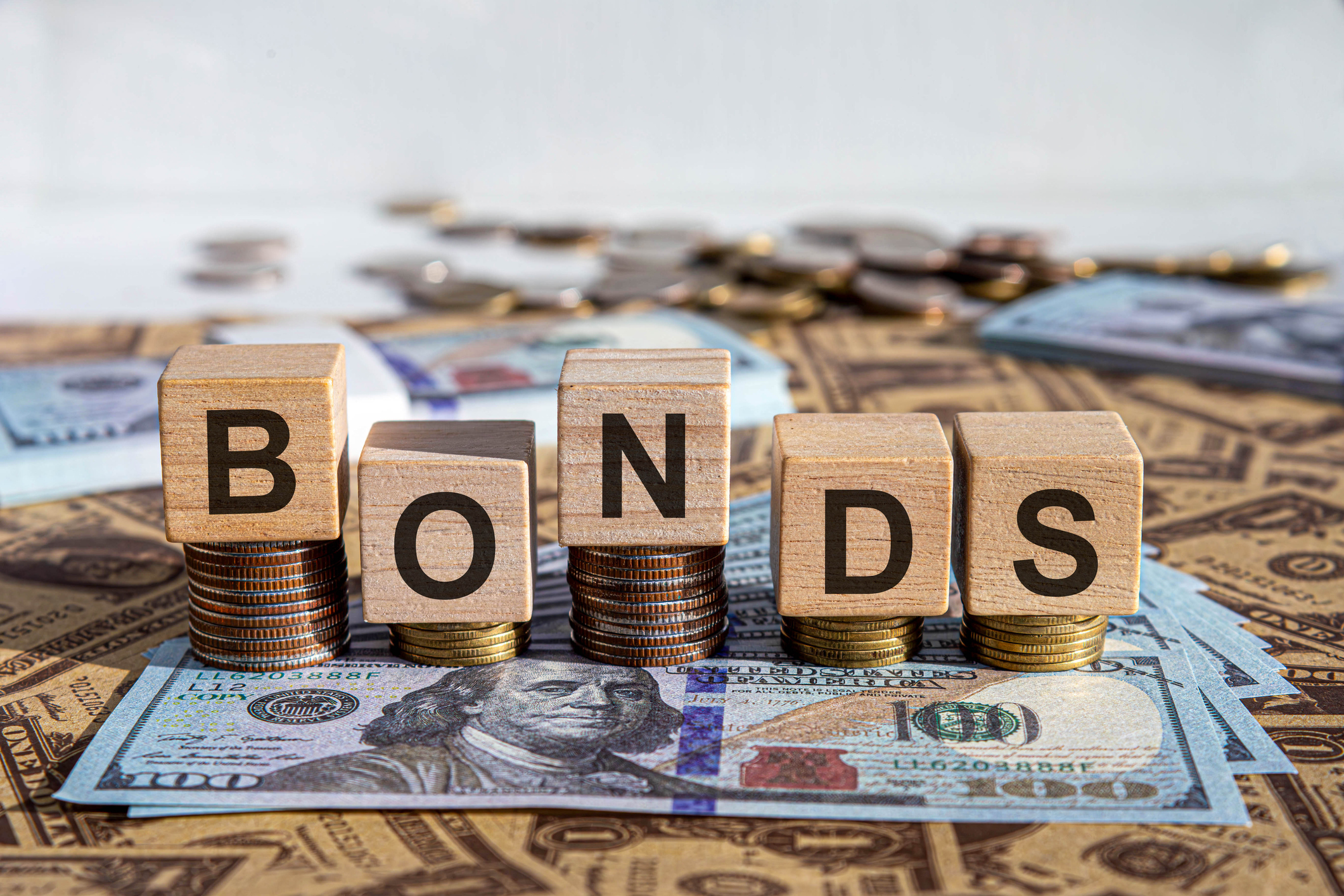
Are you an “accredited investor”? Do you want to buy some “ADRs”? How do you make money on “call options”?
The investment world is rife with technical terms that can have surprisingly negative effects on your ability to build a financial nest egg, says Patrick Heck, a research psychologist for the Consumer Financial Protection Bureau. “Jargon can definitely create barriers to entry,” especially for new investors who are often discouraged by terms they don’t understand, says Heck, who notes he is speaking as a researcher and not for the agency. Jargon can cause problems for more-experienced investors as well, he said. Some investors become overconfident when they think they understand jargon, which can lead to riskier choices, one study shows.
To help newbies — and give veterans a reality check — we crunched search engine data on investing terms. Here is a glossary of some of the most-searched terms investors ask about.
From just $107.88 $24.99 for Kiplinger Personal Finance
Become a smarter, better informed investor. Subscribe from just $107.88 $24.99, plus get up to 4 Special Issues

Sign up for Kiplinger’s Free Newsletters
Profit and prosper with the best of expert advice on investing, taxes, retirement, personal finance and more - straight to your e-mail.
Profit and prosper with the best of expert advice - straight to your e-mail.
Accredited investor
Some investments are so risky that they are limited to the wealthy, who can presumably withstand losses, or professionals with financial expertise. Among the qualifiers set by the Securities and Exchange Commission to become “accredited”: net worth of at least $1 million — not including your home — or annual income of at least $200,000 ($300,000 for couples) over the past two years and evidence that you’ll earn at least that much in the current year.
ADR
American depositary receipts are tradable securities issued by U.S. banks that represent shares of foreign companies.
Bear or bull market
Drops of 20% are called bear markets. Why bear? One theory is that bears swipe their claws downward in attacks. A rise of 20% is called a bull market, possibly because bulls attack by lifting with their horns.
CAGR
The compound annual growth rate is often used to compare investments. It gives you an idea of an investment’s smoothed-out annual returns over a given period, assuming profits are reinvested. It’s more complex than a simple average, but there are many good online calculators, such as the one at CAGR Calculator.
Call option
A call option contract gives the buyer the right — but not the requirement — to buy (or call) a stock or other financial instrument at a specific price within a specified time frame. For example, if shares of a stock are currently trading at $10, one investor might charge another a small fee for the promise to deliver those shares at, say, $15 apiece sometime in the next, say, six months. The option buyer doesn’t have to purchase the stock if the market price doesn’t top $15 but can turn a quick profit by exercising the call if it does.
Day trading
Some investors try to earn money by actively buying and selling securities within the same day, attempting to exploit the minute-by-minute swings in prices caused by, for example, rumors posted on online bulletin boards. Research shows most day traders underperform long-term investors who use low-cost, broad index funds.
Dead-cat bounce
This vivid (though horrifying) term describes a temporary upward blip in the price of a stock that is on a long-term downward trend.
Derivative
Wall Street financial engineers have created financial products whose value is derived from standard investments, such as stocks and bonds. Derivatives are often used to hedge against risk or attempt to outguess the market. They range from futures contracts through which farmers lock in a price for their crops to more-exotic alternatives, such as swaps, used by professional traders to, say, bet on interest rates or currencies.
Dividend yield
The dividend yield is the percentage of the stock’s current price that is paid annually to shareholders (annual dividend payout divided by stock price). A high dividend yield can therefore indicate either a generous payout or a sinking stock price.
Enterprise value
One of many methods used to figure out what a company is worth, enterprise value takes into account assets, equity and debts — essentially what it would take to buy the firm outright. Professional money managers sometimes prefer this valuation measure, as it can give a fuller picture than, say, a company’s market capitalization, or stock price times shares outstanding.
IPO
In an initial public offering, a company starts selling ownership shares to the public. To switch from private to public ownership, firms must meet several investor-protection regulations, including providing audited financial reports to the SEC.
Margin trading
Investors who set up a margin account at their broker can borrow up to 50% of the cost of their investment. That leverage can create outsize profits, but it can also raise the odds of substantial losses. For example, a trader who bought 100 shares of a $20 stock borrowing 50% of the cost would put down $1,000. If the stock rose to $30 per share, the trader would have made $1,000 (less interest on the margin loan and any commissions). But say the stock falls to $10, leaving a value of just $1,000. You owe that much, plus interest, to the broker so you’ve lost all you put in and more.
ROI
Return on investment is a ratio that gauges profitability. Start by calculating how much you have made on the investment, such as the current value of a stock holding plus any dividends, and then subtract your initial cost. Then divide that result by your initial cost. The higher the ROI ratio, the more profitable the investment.
Rule of 72
One way to quickly estimate the amount of time it takes for an investment that pays a steady rate of interest to double in value is to use the Rule of 72. Simply divide 72 by the annual interest rate. A CD paying 5% should double in about 72/5 years, or 14.4 years, for example. The rule of 72 is not exact, but it gets pretty close.
Shorting
Investors who short a stock believe the price is due to fall. To execute a short sale, traders borrow shares of the stock from another investor or a brokerage, and then sell the shares. The “shorts” hope that by the time they have to return the security to the lender, they will be able to buy it back for less and pocket the difference.
Sunk cost fallacy
This is some fancy terminology for the idea of throwing good money after bad. Psychologists have identified a common and self-destructive pattern in which humans continue to pursue a plan simply because we’ve already put a lot of money or energy into it, even though the prospects of any gain from the investment are poor. A better strategy is to ignore time or money that is already spent and unrecoverable (or sunk) and only move forward if there is a positive outlook for any future investment.
VIX
The Cboe Volatility Index, often called the fear index, is an indicator of expectations for upcoming swings in stock prices. It is based on the level that investors in the options market are betting the S&P 500 index will hit in about 30 days. Using a very complicated formula, the VIX combines that data into a measure that attempts to reflect the likelihood of short-term market volatility.
Yield curve
A graph of the interest rates of short-, intermediate- and long-term bonds plotted against their maturities depicts the yield curve. In normal economic times, the line curves up because investors typically demand higher yields for locking up their money for longer periods. When the line flattens or turns down, it means that bond buyers are willing to accept lower long-term rates — which is often an indication of worries about an impending recession.
Note: This item first appeared in Kiplinger's Personal Finance Magazine, a monthly, trustworthy source of advice and guidance. Subscribe to help you make more money and keep more of the money you make here.
Related Content
Profit and prosper with the best of Kiplinger's advice on investing, taxes, retirement, personal finance and much more. Delivered daily. Enter your email in the box and click Sign Me Up.

Kim Clark is a veteran financial journalist who has worked at Fortune, U.S News & World Report and Money magazines. She was part of a team that won a Gerald Loeb award for coverage of elder finances, and she won the Education Writers Association's top magazine investigative prize for exposing insurance agents who used false claims about college financial aid to sell policies. As a Kiplinger Fellow at Ohio State University, she studied delivery of digital news and information. Most recently, she worked as a deputy director of the Education Writers Association, leading the training of higher education journalists around the country. She is also a prize-winning gardener, and in her spare time, picks up litter.
-
 How to Safely Open an Online Savings Account
How to Safely Open an Online Savings AccountOnline banks offer generous APYs that most brick-and-mortar banks can't match. If you want to make the switch to online but have been hesitant, I'll show you how to do it safely.
-
 7 Ways to Age Gracefully Like the Best Stock Photo Seniors
7 Ways to Age Gracefully Like the Best Stock Photo SeniorsAs a retirement editor, I've gleaned valuable wisdom (and a lot of laughs) from one older couple that tops the seniors' stock photo charts.
-
 My First $1 Million: Banking Executive, 48, Southeast U.S.
My First $1 Million: Banking Executive, 48, Southeast U.S.Ever wonder how someone who's made a million dollars or more did it? Kiplinger's My First $1 Million series uncovers the answers.
-
 Premium Rewards Cards: More Perks, Higher Fees
Premium Rewards Cards: More Perks, Higher FeesSome issuers are hiking the annual fee on their flagship luxury credit cards by hundreds of dollars. Are they still worth using?
-
 3 Trips to Escape the Winter Doldrums, Including An Epic Cruise
3 Trips to Escape the Winter Doldrums, Including An Epic CruiseThree winter vacation ideas to suit different types of travelers.
-
 Changes Are Coming for This Invesco Bond Fund
Changes Are Coming for This Invesco Bond FundThe Invesco BulletShares 2026 Corporate Bond ETF's bonds will mature in 2026. Here's what investors should do.
-
 How to Leave Different Amounts to Adult Children Without Causing a Rift
How to Leave Different Amounts to Adult Children Without Causing a RiftHere’s how to leave different amounts to adult children without causing a family rift.
-
 Why You Should Pay Attention to Company Guidance
Why You Should Pay Attention to Company GuidanceUnderstanding how corporate profit forecasts affect analysts’ estimates and stock ratings can help you make investment decisions.
-
 Your Guide to Buying Art Online
Your Guide to Buying Art OnlineFrom virtual galleries to social media platforms, the internet offers plenty of places to shop for paintings, sculptures and other artwork without breaking the bank.
-
 4 Great Tools to DIY Your Own Financial Plan
4 Great Tools to DIY Your Own Financial PlanSmart Savings Several tools picked out by Kiplinger that DIYers can use to make their own financial plan.
-
 Should You Renew Your CD?
Should You Renew Your CD?With rate cuts impacting earnings, we examine if now is a wise time to renew CDs.
